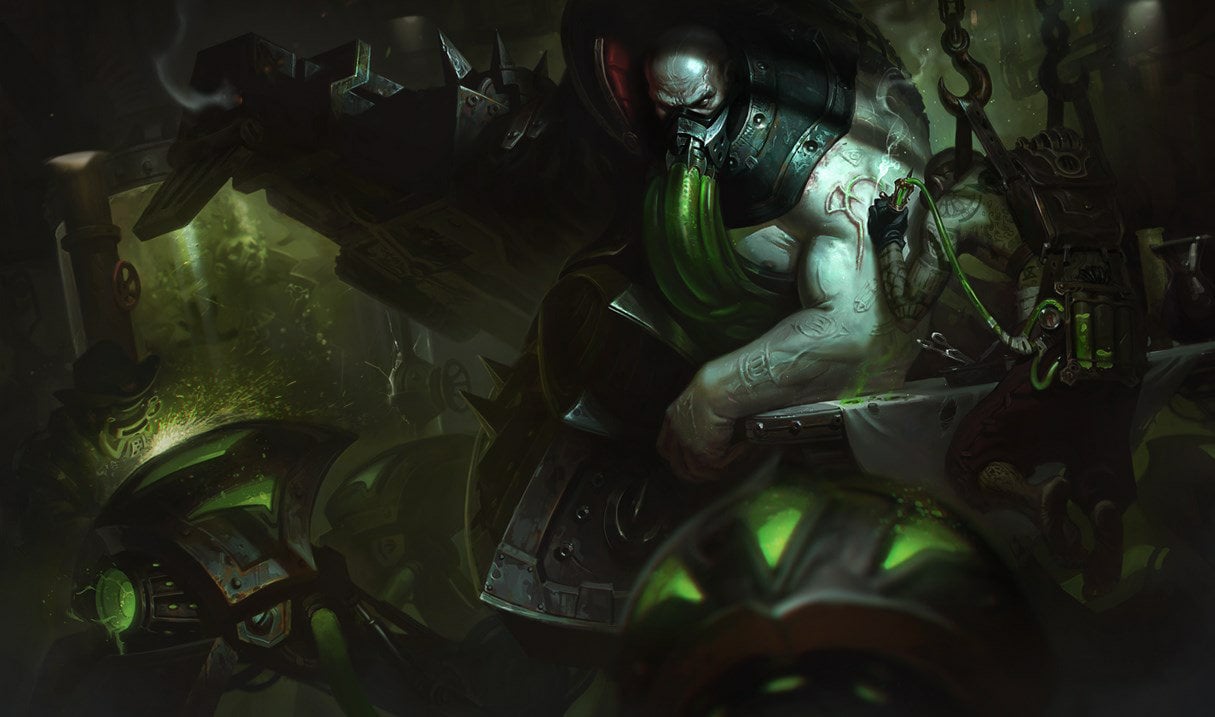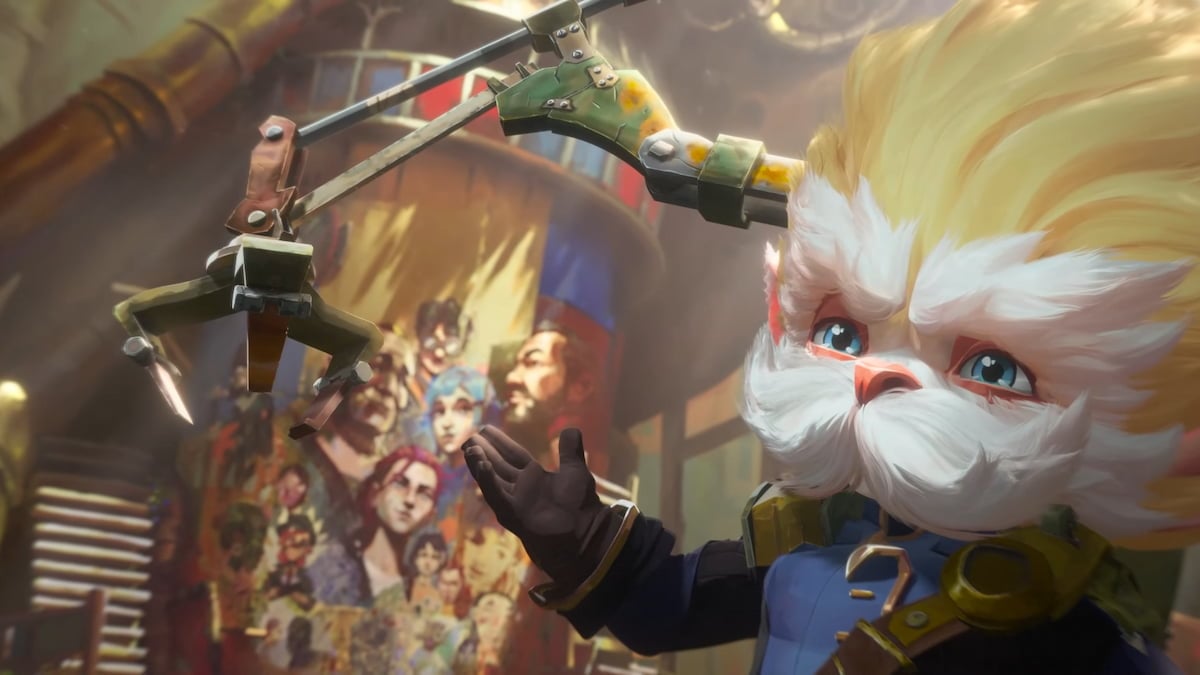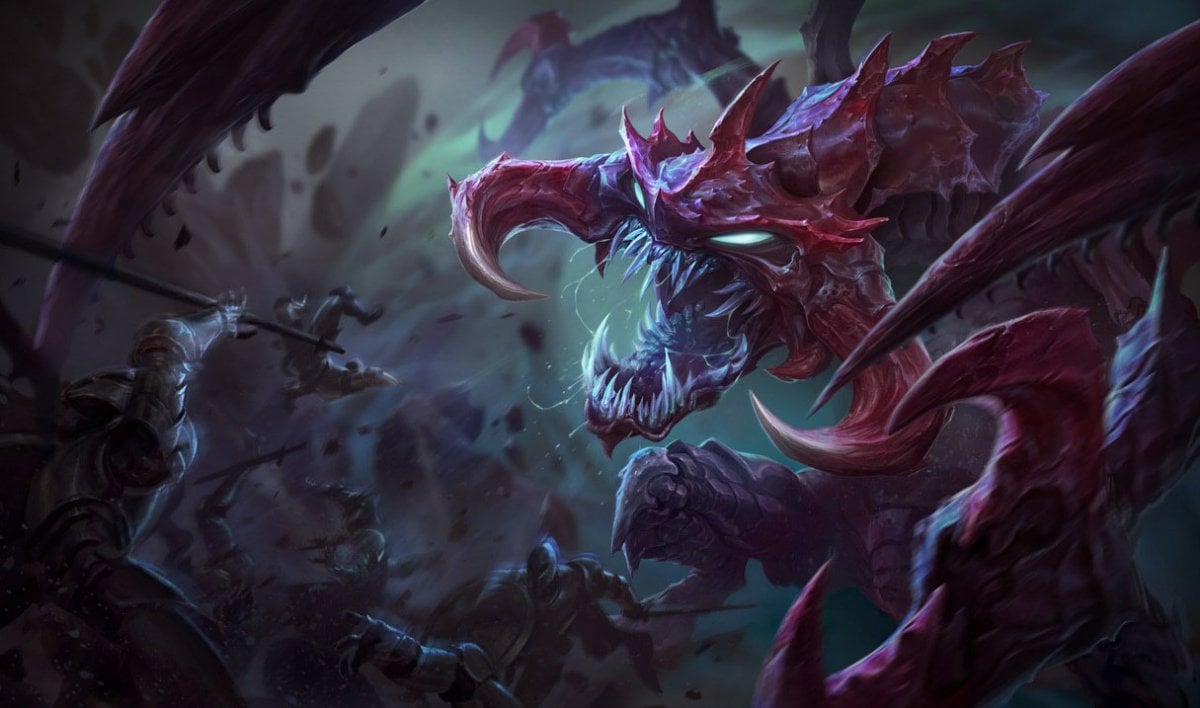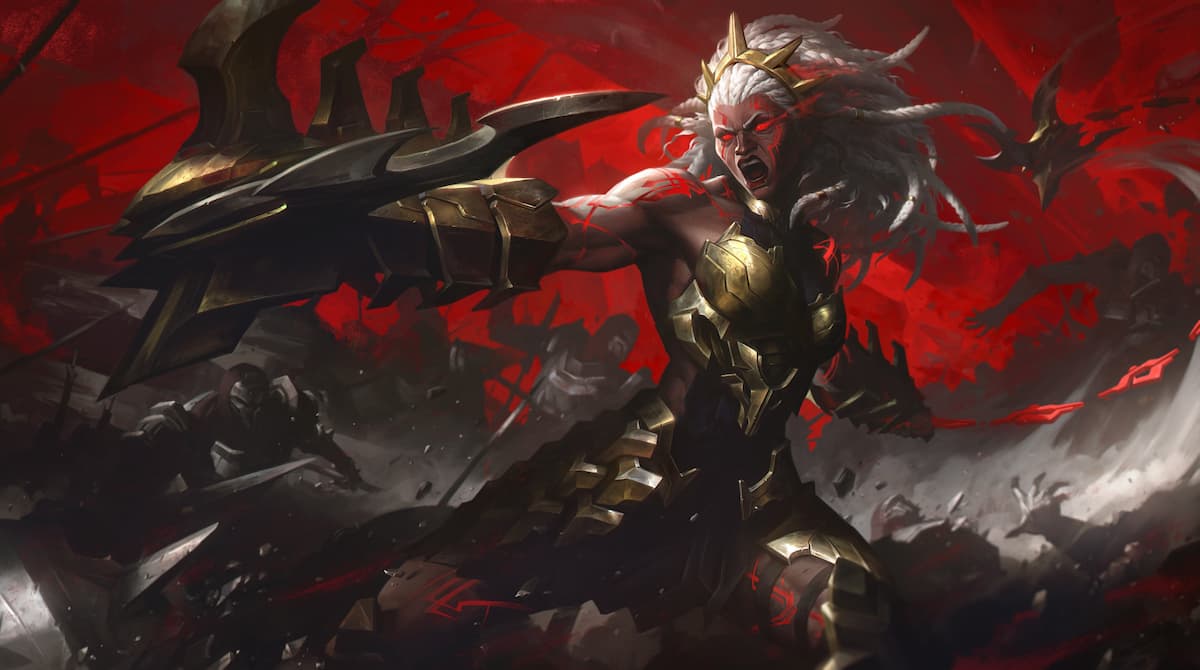Usually, professional League of Legends players play different champions and styles than those popular in solo queue. That’s certainly been the case for the Glacial Augment Vel’Koz that’s showed up in pro play.
But one solo queue strategy that’s synced up in competitive in Unsealed Spellbook Urgot. Urgot’s play rate in solo queue has shot up over the last couple patches, and he’s one of the most popular top lane champions overall right now. And since the start of September, he’s shown up in more and more matches at the professional level.
The biggest change that brought Urgot back into the meta was the discovery of a great keystone rune for him: Unsealed Spellbook. For most of the year, Urgot struggled with a lack of identity that revolved around his inability to find a good rune.
Some players would pick Grasp of the Undying, which kind of makes sense because the extra health is good for a tanky bruiser. The problem is, a lot of his items, like Black Cleaver, already give him health. Since he doesn’t build armor and magic resist, that extra health isn’t very efficient.
Other Urgot players picked Arcane Comet to dominate lane with his Q poke, but that route falls off since the rest of the sorcery tree doesn’t really fit his bruiser style.
But the new Urgot foregoes both of those options for the utility of Unsealed Spellbook. This rune gives Urgot a lot of options: He can take teleport to allow him a strong early buy, swap to ignite to set up a kill, and then grab smite to help secure an objective. And the Inspiration tree also gives him access to Time Warp Tonic, which combines with his Corrupting Potion start to make him virtually implacable in lane.
.@RiotAzael breaks down the reasons behind Urgot's rise in pro play recently! #NALCS pic.twitter.com/MzOTr0qxdC
— LoL Esports (@lolesports) September 15, 2018
With a massive shield on his W and just enough waveclear to be considered dangerous, Spellbook Urgot is an extremely safe pick for any lane that a team doesn’t want to focus on. And his damage and disruption abilities make him a fearsome mid-game teamfighter, even with relatively cheap items like Black Cleaver and Righteous Glory.
The full build in terms of runes is as follows. After Cleaver and Righteous Glory, the build becomes flexible: You either build tanky with Stoneplate and Adaptive Helm or more damage with Mallet.
| Primary Runes | Secondary Runes | Items |
| Unsealed Spellbook | Bone Plating | Start: Corrupting Potion |
| Magical Footwear | Overgrowth | Black Cleaver |
| Minion Dematerializer | Righteous Glory | |
| Time Warp Tonic | Adaptive Helm/Frozen Mallet | |
| Gargoyle’s Stoneplate | ||
| Merc Treads or Ninja Tabis |
The first pro to discover his combination of safety, utility, and damage with Spellbook was Daniel “Jirall” del Castillo of Latin American team Rainbow 7. It was then tested by Jeon “Ray” Ji-Won of EDG, and from there, it was picked up by several other LPL teams.
Most recently, Urgot was picked in all five games of the LPL final between IG and RNG, as well as all five games of the LCK regional qualifier between Gen.G and Griffin. The fact that he went 2-8 in those games doesn’t seem to have dissuaded professional teams from trying him out. Splyce even picked him in the mid lane last week.
If you’re looking to try a solo laner who’s pretty safe in lane and nigh unkillable outside of it, give Spellbook Urgot a try. Judging by his high play rate, you definitely won’t be alone.







Published: Sep 16, 2018 09:14 am